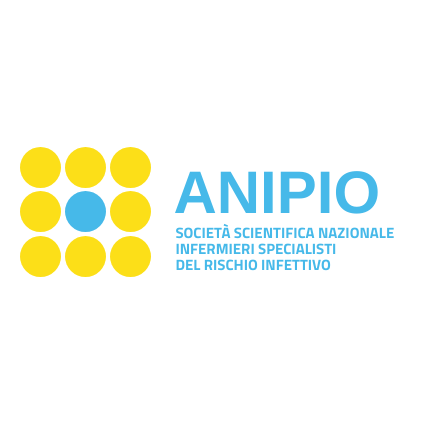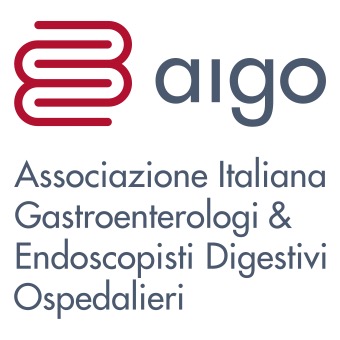
by Valeria Confalonieri | Mar 18, 2024
To reduce the environmental impact of waste is recommended to use a checklist of the supplies and equipment placed on the isolation room by the patient’s bedside. Unused supply, in fact, is at risk of contamination and can be a source of infection for healthcare...

by Valeria Confalonieri | Mar 18, 2024
Provided that the asepsis procedures are followed and strategies to minimize the infectious risk are applied, the implantation at the patient’s bedside it guarantees the same level of quality and safety, with a considerable saving of water, detergents, disinfectants...

by Valeria Confalonieri | Mar 18, 2024
There is no scientific evidence that disposable adhesive surgical sheets are effective in reducing infection rates at the surgical site. Not using them allows reducing the improper use of plastic material and the total volume of waste.

by Valeria Confalonieri | Mar 18, 2024
There is no scientific evidence that wearing double gloves reduces the risk of infections. Conversely, the appropriate use of gloves reduces the environmental impact and encourages health and social workers to adhere to evidence-based good practices. This...

by Valeria Confalonieri | Dec 12, 2023
Less invasive tests approved by regulatory agencies as alternatives to gastrointestinal endoscopy are: fecal calprotectin in monitoring patients with inflammatory bowel diseases and in chronic diarrhea; C-13 urea breath test and stool antigen test in diagnosis of...








Recent Comments